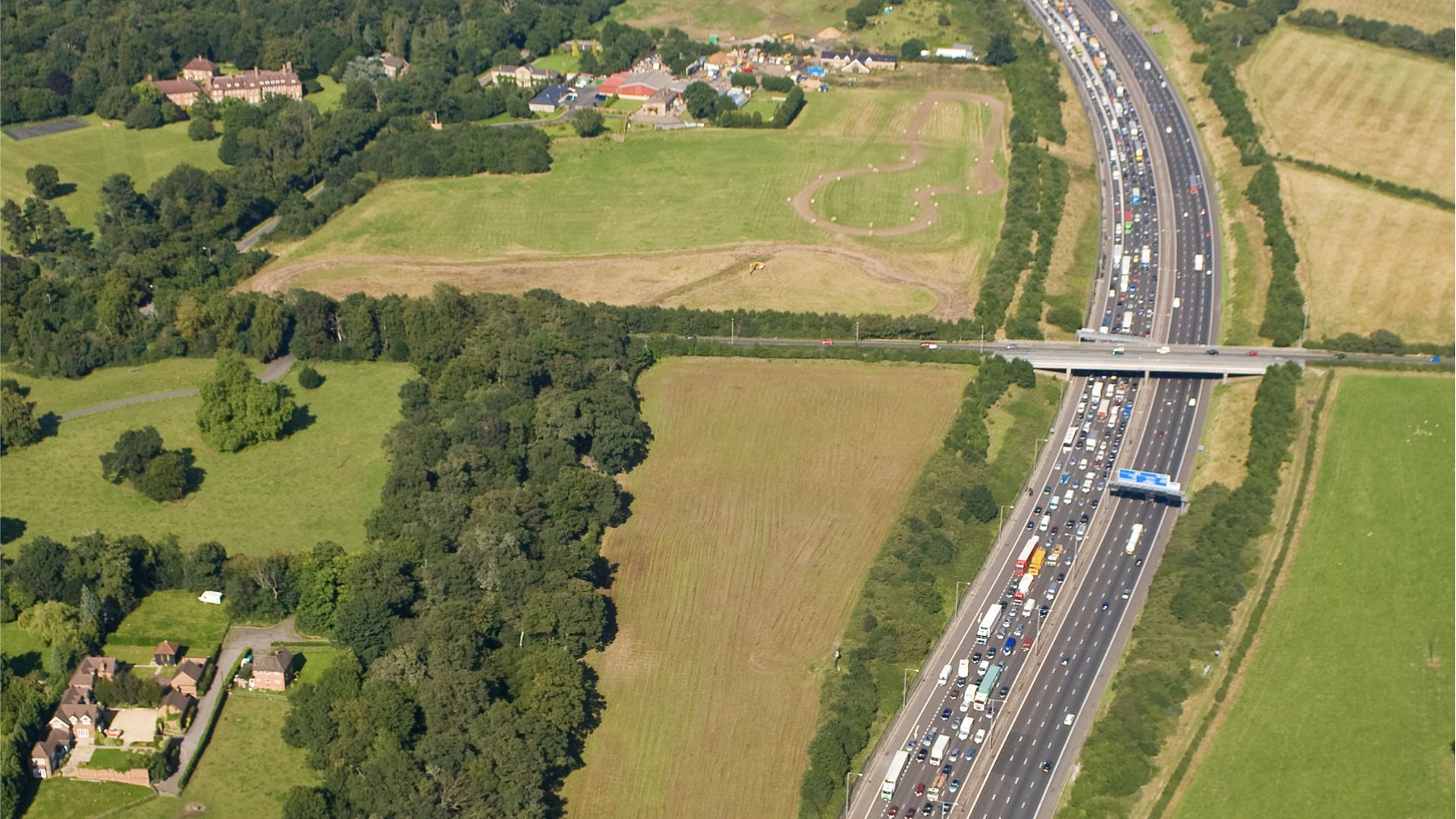Online advertising: the key to a successful strategy
Budget, platforms, measuring results: how to create a winning strategy in line with business objectives.

How can you build an effective online advertising strategy? How do you choose the best platform? What rules should you follow to set up a campaign? We asked Giacomo Iaderosa, Digital Marketing Specialist at Mashfrog Group, who has spent many years working in online advertising and has gained considerable experience in planning and implementing campaigns for brands and companies in different market sectors.
This article is an extract from the first webinar of the "Mashfrog Digital Youniversity", an online training project aiming to share the knowledge and skills of the Group's business lines.
Before we get to the heart of the topic, it's important to clarify the main terms in the world of online advertising, understand the acronyms and the differences between the main concepts.
Glossary
• Digital marketing: advertising across all online channels
• SEM: search engine marketing
• SEA: search engine advertising
• Channel: a vehicle for traffic, meaning an advertising platform
• Conversions: trackable targeted actions, such as leads, downloads or purchases
• Search Ads: sponsored content on search engines
• Social Ads: sponsored content on social media
• Placement: virtual area or physical position of the ad (e.g. Instagram feed)
• CPC: cost per click
• CPM: cost per 1,000 impressions
• CPA: cost per conversion/action/acquisition
The importance of strategy: how to build step by step
Start with the end goal in mind. First of all, you need to define your objectives. The objective or objectives that the customer wants to achieve are at the forefront, and guide us in setting up the campaign. They enable us to predict the results and, most of all, measure the eventual success or otherwise of the implemented strategy. These are the most common objectives of a digital marketing campaign:
• Sell a physical or virtual product
• Gain website traffic
• Acquire contacts (lead generation)
• Install an app
• Brand awareness
Once the objectives have been defined, we can select the channels that are most effective and best suited to achieve them:
• Search engines (Google, Bing, Yandex)
• Social media (Facebook, Instagram, LinkedIn, etc.)
• App store (Google Play, Apple Store)
And start using the appropriate advertising platform:
• Google Ads, Bing Ads, Yandex Ads for search engines
• Business Manager (Facebook, Instagram), LinkedIn Ads, Twitter Ads for social media
• Apple Search Ads for the App store
What makes a campaign? There are three main elements:
• The ad, which can be various formats: text, image, video, etc.
• The destination: i.e. the "place" the user is directed to (website, app store, landing page or otherwise)
• The action: the action that the campaign encourages the user to take (purchase, download, lead, etc.)
The importance of the human factor:
Advertising is currently moving in the direction of ever greater automation, but the human role remains core and essential. The strategy itself is based on purely human skills: analysis, interpretation of qualitative and quantitative data, forecasting and improvised optimisation to achieve the objectives.
This, basically, is what an advertiser does:
30% working on strategy:
• Market analysis
• Target or keyword analysis
• Defining objectives
• Choosing which channels to utilise
• Planning the budget to be invested
• Estimated KPI impact
20% working on execution
• Creating campaigns
• Creation/Setup
• Generating reports and monitoring data
50% working on optimisation
• Analysing quantitative data (clicks, costs, impressions, ROI)
• Analysing qualitative data (behavioural data, customer journeys etc.)
• Optimising campaigns' KPI (data driven)
How to build a digital marketing campaign on Google Ads
Google Ads, at least in the Western market, is the most powerful platform, since it displays ads directly within the user's search results, responding to a need or question that the user has at that time.
With Google Ads you can create campaigns for:
• Search Network. These are campaigns with traffic or conversion goals, which mainly use text ads and place the ad directly within the SERP (search engine results page).
• Display Network. These are all campaigns that place advertising banners (text, image, interactive banners or video ads) on websites (such as major news sites), on the App Store, YouTube or Gmail. The main aims of this type of campaign are: Brand Awareness, Conversions and Remarketing.
• Shopping Network. Dedicated campaigns essential for online shop owners, and dedicated exclusively to the sale of products. They use a standard format with a product image, description and price, and are displayed in the SERP, in Google Shopping tabs and on YouTube.
• YouTube. All the campaigns that use video ads (pre-rolls, bumpers, brief clips that can't be skipped, discovery, videos suggested on the homepage based on the user's profile, video playlists created according to the user's behaviour. Objectives: brand awareness and conversions.
• App Install: Finally, there are campaigns which encourage users to install an app or perform an action if the app has already been installed. They use images or HTML5 interactive ads and are placed on Google Play, in the SERP, on the Display Network or within a YouTube video.
Pay Per Click: the business model of a Google Ads campaign
Google Ads charges our advertising budget for each click that users make on the ads that Google serves.
Depending on a number of factors, each campaign will have its own CPC (cost per click). There are two types:
• "Estimated" CPC: predicted by Google before starting a campaign
• "Actual" CPC: measured during the campaign
How to decide on a budget
If the budget is not set by the client, the advertiser will estimate the required budget to be invested to achieve the strategy objectives.
How to predict results based on the allocated budget
Depending on the budget, CPCs and campaign history, it's possible to produce quantitative forecast data (clicks, impressions, CTRs, and in some cases even conversions).
The estimates are listed in summary tables within the prospective client's digital plan.
CPC: what it depends on and what it's for
• The quality of the website (SEO oriented, user experience)
• The sector in question (high CPC examples: automotive, insurance, luxury)
• Competition or seasonal trends
• The technique and quality of the campaigns (human factor, advertiser)
• The type of campaigns carried out
• Where the ads are placed
The CPC is needed to define the budget that should be allocated to the project, and to estimate the results. CPC can only be controlled to the extent that we can choose whether to obtain a low or a high CPC, but with all the pros and cons entailed by each. For that too, we need to analyse, assess, and make decisions.
How to create a good digital marketing report
The weekly, monthly or end-of-project report must contain at least these sections:
• KPI overview
• Keywords, ad placement
• E-commerce details, conversions
• Other
Creating a good report is essential for several reasons: it helps us to keep constant track of the progress of our campaigns, it lets us reflect on the data and make changes to the strategy and, of course, it allows us to share the results of the campaign.


